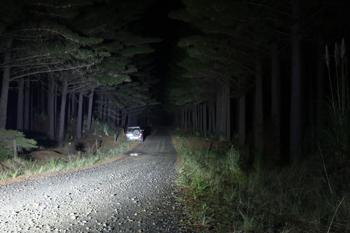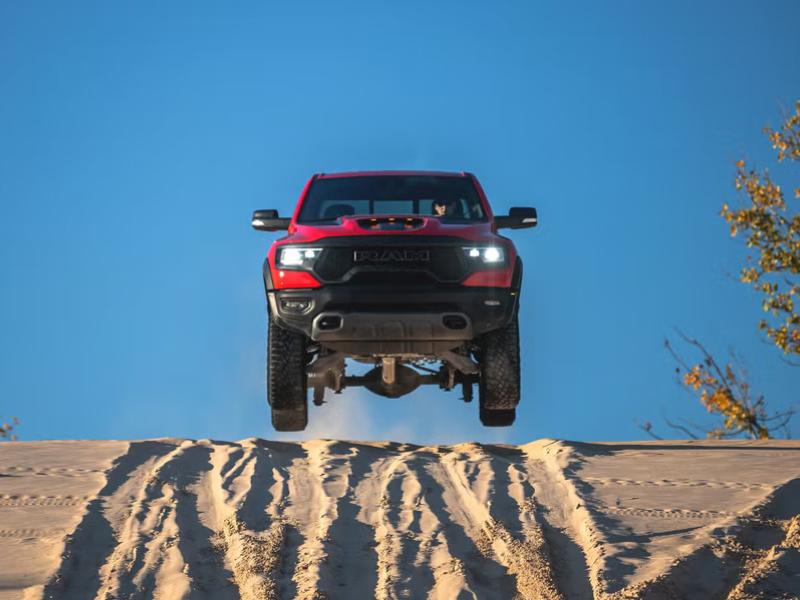There’s more to driving lights than you think. Like there seems to be with most things these days. The technology changes all the time as manufacturers try to find the most efficient and effective solutions. We take our standard-fit ones for granted, as anyone who has lost their headlights while driving at night will know. This happened to me one night, and I remember wishing we’d installed a set of auxiliary lights to the Land Rover 90 we used to run on Land Rover World magazine in the UK.
I was driving north on an unlit back road somewhere near Brecon when the headlights flickered and went out. I slowed down to amble along forlornly through the countryside as it started to rain. Then the lights went out and it was like driving in an underwater tunnel with a blindfold on. I had to find my way to the shoulder, swearing quite a lot and certain I wouldn’t make it to the pub where I was meeting colleagues for dinner before the next day’s four wheeling trip.
I stopped the engine, hoped and prayed a bit, swore some more, moved the fuse from the heater to the headlights and when I started the Land Rover again the lights blessedly came on. I drove back onto the road but the lights were almost too dim to be of any use. The wiring needed to be looked at and I probably should have phoned for assistance, but I was too tired to care after a long day and I just wanted a pint and a warm bed. Still, it was (almost) better than nothing and I made it to the pub just before closing time. If I’d had road legal spot lamps wired in separately I’d have probably been fine.
Aside from being useful on the open road or highway at night (they need to be wired in to your high beam so they go off when you dip the lights for other traffic), auxiliary driving lamps or light bars are essential for off-road driving in the dark. They’re also pretty useful during the day in thick bush, deep, dark forests or when the sun disappears behind a thundercloud or a mountain. Off-road racers consider them mandatory day and night. For many serious 4WD owners a set of lights is the first accessory purchase.
As former editor John Oxley successfully did a couple of years ago, we decided to ask the top lamp and light bar people in NZ to send us their best products so we could see how they perform in the real world rather than on paper. We believe a photo of a track lit up at night by these babies is the best way to show their abilities (short of you actually seeing them with your own eyes, of course).
We headed out one evening, set up each of the lights and light pairs, and shone them down a long forest track. We placed the lights at the same height, at about the level you’d expect when mounted on the front bumper or bull bar (including the light bars, just for consistency’s sake – many users mount them high on a vehicle, but some place them at grille level).
It took a while to make sure the camera was set up right, and we had to park a vehicle down the track to give the camera something decent to focus on. The camera was in the same position and on the same settings throughout. The lights were at the same level throughout and were the same distance apart when in pairs, and we played with their angles until we found the optimum light performance before taking the photo.
We laid out small road cones at 100m intervals for 400m using a GPS unit, and we used the ones without reflectors to see whether or not we could see them in the distance. Weather conditions were crisp and dry barring a momentary shower during which we stopped the test.
We didn’t pick a winner – we’ll let you do that from the photos and based on your needs and budget, be it combination pencil/spread, twin spots or bars. Or a mix of the lot.
The photos speak for themselves, so I’ll shut up and let you check out the results for yourself.







